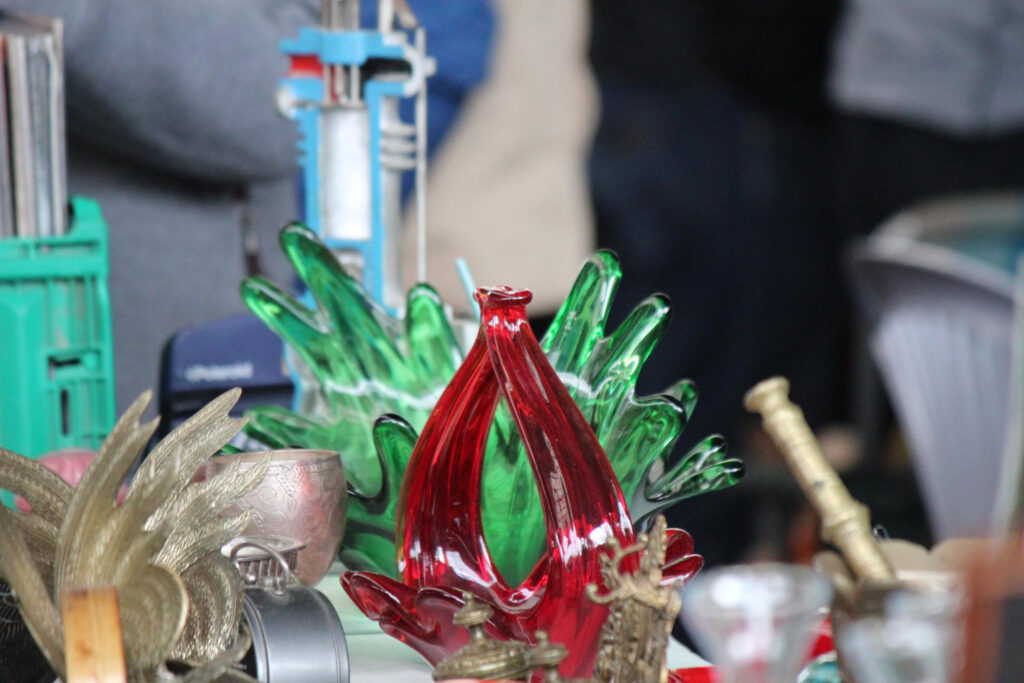Upcycling has surfaced as a vibrant and eco-friendly alternative to discarding unwanted items in an ever-evolving world where sustainability is paramount. Services like Albuquerque trash service offer efficient solutions for those considering options beyond traditional disposal. However, upcycling invites you to view “junk” through a transformational lens, converting what might be destined for a landfill into something new and valuable.
Beyond mere recycling, upcycling emphasizes creative reuse without breaking down the item’s original components. This procedure lowers the energy usage related to remanufacturing and preserves raw materials. Upcycling is becoming increasingly popular as people become more conscious of environmental issues and adopt more sustainable lifestyles that actively reduce waste.
Benefits of Repurposing Unwanted Items
Repurposing items harbors benefits that extend far beyond environmental impact. Upcycling directly reduces pollution and resource depletion by keeping garbage out of landfills. Financially, it offers a cost-effective strategy for crafting new items, circumventing the expenses of purchasing new products. On a personal level, engaging in upcycling projects can cultivate a sense of accomplishment and creativity.
An enlightening piece in Smithsonian Magazine discusses how upcycling can significantly shrink one’s environmental footprint. By seeing discarded items as new opportunities, individuals can participate in a circular economy, thus endorsing a culture of sustainability. This practice supports environmental goals and enriches personal lifestyles by encouraging creativity and innovation.
Creative Upcycling Projects
Upcycling is boundless, offering myriad possibilities to transform unwanted items into functional treasures. For example, old T-shirts can be converted into reusable shopping bags, significantly diminishing the reliance on single-use plastics. Similarly, glass jars can be creatively repurposed into decorative terrariums or chic candle holders, merging utility with aesthetic appeal.
Projects range from easy to challenging to accommodate different crafting skill levels and resource availability. Each endeavor provides the satisfaction of creating something uniquely yours while promoting sustainable resource use. Upcycling encourages personal creativity and community involvement, as ideas and projects are shared among makers worldwide.
How to Get Started with Small Items
Embracing upcycling can begin with small, manageable projects. Start by gathering everyday household items like wine corks, which can be transformed into coasters or empty jars ideal for planting herbs or flowers. Essential tools such as scissors, glue, paint, and string can help convert these simple items into visually appealing pieces.
Experimenting with small upcycling projects provides a low-risk platform to develop skills and confidence, paving the way for more ambitious undertakings. Moreover, by starting small, individuals can steadily build a toolkit and creative repertoire that can be expanded upon. The goal is to enjoy the process, appreciating the unique imperfections that give handcrafted items their charm.
Transforming Old Furniture
Transforming furniture is a rewarding upcycling challenge that can dramatically revamp your living space. Innovations such as using an old door as a coffee table or reconstructing a dresser into a fashionable kitchen island illustrate the potential of upcycling underutilized furniture. These projects not only enhance the aesthetic of your home but can also add distinct personal character to your space.
Websites like Houzz offer inspiration and detailed guides on effectively approaching furniture makeovers. Personal style, resource availability, and creativity dictate the designs and outcomes. The endeavor yields unique results, merging the practical with the artistic by enhancing the existing pieces’ function and visual appeal.
Innovative Uses for Electronics and Gadgets
The burgeoning problem of electronic waste offers fertile ground for creative upcycling. Older gadgets, which often linger unused, can be ingeniously repurposed. For instance, outdated tablets can become digital photo frames, reinvigorating them with a modern twist while introducing a tech-savvy element into your home decor.
The process mitigates e-waste and cultivates technical skills, supporting a deeper understanding of electronic functionality. Upcycling electronics encourages engagement with technology in innovative ways, linking sustainability with modern design. Such practices foster a culture of conscious consumption, marrying necessity with creativity in electronic reuse.
How Upcycling Impacts the Environment
Upcycling’s environmental benefits are profound and manifold. It represents a shift towards a sustainable economy that prioritizes resource efficiency. By significantly reducing landfill contributions, upcycling fosters a decrease in pollution and encourages conservation. The approach dovetails with broader ecological goals, promoting resource preservation and underscoring responsible consumption.
Individuals who integrate upcycling into daily practices support a vision for a more sustainable future. Environmental studies indicate that such efforts contribute significantly to millennial environmental strategies, serving as a testament to the efficacy of personal initiatives in addressing global challenges. As resource scarcity and climate change continue to impact society, practices like upcycling become increasingly critical in the pursuit of sustainability.
Tips for Successful Upcycling Projects
Succeeding in upcycling projects requires thoughtful planning and execution. Begin by gathering necessary materials and ensuring a safe and organized workspace. Upcycling is driven by creativity. It allows ideas to evolve naturally and accepts imperfections as part of the beauty of handmade objects.
Joining online communities provides inspiration and valuable insights, fostering connections among like-minded individuals committed to sustainable living. Sharing experiences encourages innovation and broadens perspectives. By embracing upcycling, individuals contribute to environmental sustainability and engage in fulfilling and meaningful creative endeavors.


